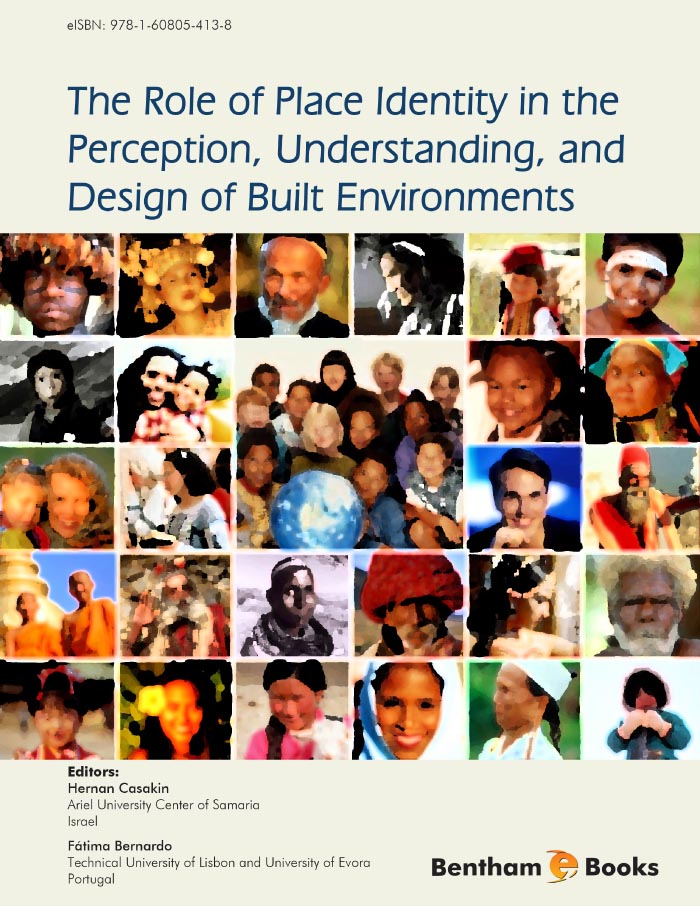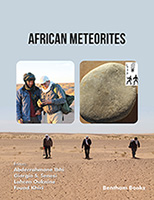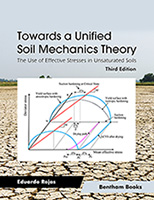In a rapidly changing world, how do place identity and place attachment have relevance to people’s everyday lives and to professional design and planning? In various ways, this question underlies all the chapters of this volume, expressed through a wide range of conceptual perspectives and approaches. Place identity, place attachment, genius loci, people-place interaction, place-based planning and design are all valuable concepts and approaches that can help bridge divisions between research and practice and between academic knowledge and everyday life. Contributors to the volume convincingly demonstrate how the themes of place, place identity, and place making can facilitate valuable linkages among a wide range of disciplines and professions, including architecture, sociology, geography, environmental psychology, landscape architecture, and urban design and planning
Increasing awareness of environmental and architectural experience was a major aim of humanistic geographer Yi-Fu Tuan, one of the earliest academic proponents for studying place and place identity. In his 1977 Space and Place: The Perspective of Experience, he laid out a provocative set of questions for which today we still do not have thorough answers
How do we describe “familiarity,” that quality of “at homeness” we feel towards a person or place? What kinds of intimate places can be planned, and what cannot—at least, no more than we can plan for deeply human encounters? Are space and place the environmental equivalents of the human need for adventure and safety, openness and definition? How long does it take to form a lasting attachment to place? Is the sense of place a quality of awareness poised between being rooted in place, which is unconscious, and being alienated, which goes with exacerbated consciousness—and exacerbated because it is only or largely mental? How do we promote the visibility of rooted communities that lack striking visual symbols? What is the loss and gain in such promotion?” (Tuan, 1977, p. 202)
The contributors to this volume offer a wide range of intriguing answers to Tuan questions. The chapters provide, on one hand, valuable knowledge regarding place identity and, on the other hand, inspiring insights regarding place creation. Planning, envisioning, and actualizing sustainable communities and places is a challenging task demanding an understanding and approach that move beyond arbitrary, piecemeal policies and fashionable, image-driven design. The chapters of this volume offer much in advancing a more robust, comprehensive place making grounded in the needs and actions of people-in-place
REFERENCE
Tuan, Y. (1977). Place and Space: The Perspective of Experience. Minneapolis: University of Minnesota Press.
Maria da Graça Saraiva
Landscape Architect and Associate Professor, School of Architecture, Technical University of Lisbon (UTL); Researcher, Center for Urban and Regional Systems (CESUR), Technical Institute of the Technical University of Lisbon; Researcher, Research Center of Architecture, Urbanism and Design (CIAUD), School of Architecture, University of Lisbon (UTL )





